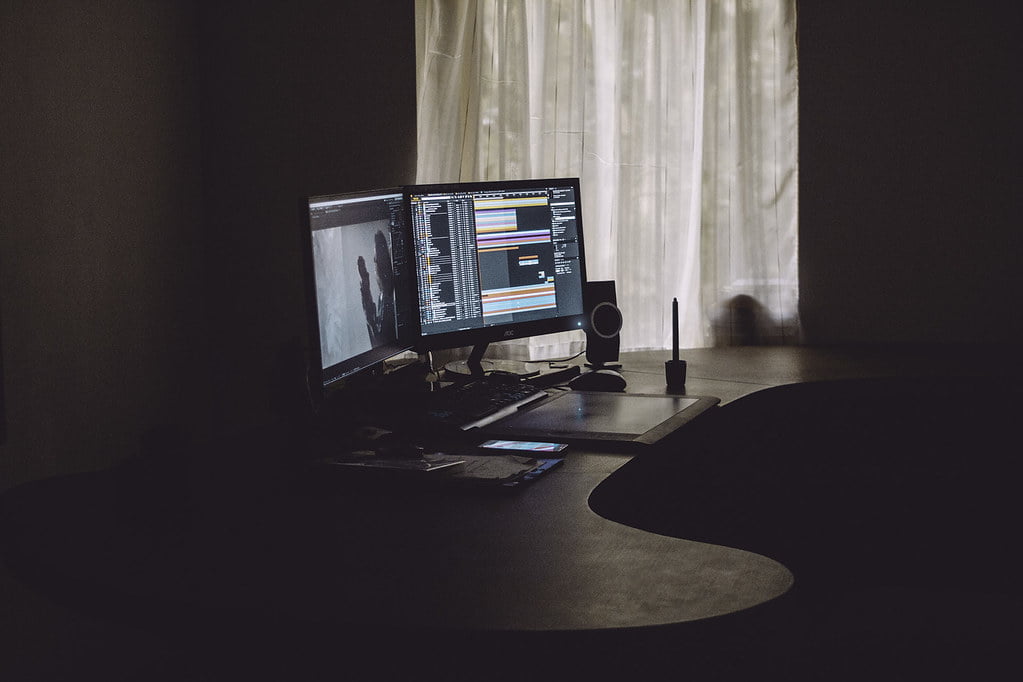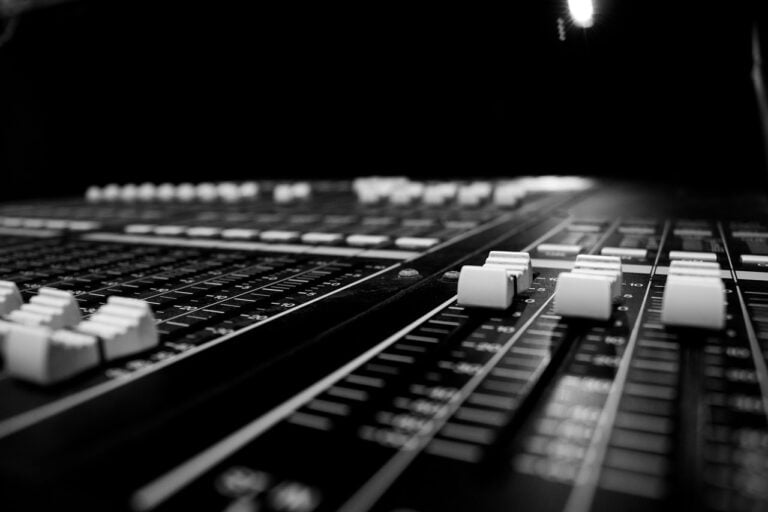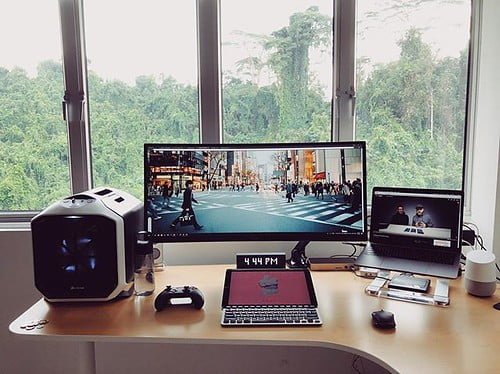Designing an Ergonomic Home Studio Workspace
Have you ever considered how your home studio workspace could be impacting your health and productivity? With the rise of remote work, creating an ergonomic setup is more important than ever. From the position of your monitor to the type of chair you use, every detail matters. But what key factors should you focus on to guarantee your workspace is optimized for both comfort and efficiency? Let’s explore the essential elements that can make a significant difference in your daily work routine.
We are supported by our audience. When you purchase through links on our site, we may earn an affiliate commission, at no extra cost for you. Learn more.
Importance of Ergonomics at Home
Ensuring proper ergonomics within a home workspace is imperative for safeguarding against musculoskeletal issues and optimizing productivity. When setting up a home studio, paying attention to details that can make a significant difference in your overall well-being is paramount. One key aspect is the positioning of your computer monitor. Placing the monitor at eye level helps reduce strain on your neck and eyes, promoting better posture and comfort during long work hours.
Sitting for long periods can lead to various health issues, including back pain and poor circulation. Investing in a chair with adjustable height and lumbar support can greatly improve your seating posture. Ensuring that your feet are flat on the ground and your knees are at a 90-degree angle can also help prevent discomfort and potential long-term issues.
An adjustable height desk is another essential element in creating an ergonomic home studio. Being able to switch between sitting and standing throughout the day can improve circulation, reduce fatigue, and boost overall productivity. Customizing the desk height to keep your arms at a comfortable angle while typing and using the mouse minimizes strain on your wrists and shoulders. By focusing on these details, you can create a workspace that not only enhances your productivity but also prioritizes your physical well-being.
Choosing the Right Furniture
When creating an ergonomic home studio workspace, the key to ensuring comfort and productivity lies in selecting the right furniture. To achieve this, consider the following factors:
- Adjustable Height Options: Opt for furniture pieces, such as desks and tables, that offer adjustable height options. This feature allows you to customize the workstation to suit different needs, whether you’re sitting or standing. It accommodates various equipment setups and promotes proper ergonomics by allowing you to position your work surface at the ideal height.
- Ergonomic Chairs: Invest in ergonomic chairs that provide essential features like lumbar support, adjustable armrests, and breathable materials. These chairs are designed to offer comfort and support during long hours of work. Proper lumbar support helps maintain the natural curve of your spine, while adjustable armrests reduce strain on your arms and shoulders. Breathable materials enhance comfort by promoting airflow and reducing heat buildup.
- Cable Management Features: Choose furniture with built-in cable management features to keep your workspace organized and safe. Tangled cables not only create a cluttered look but also pose tripping hazards. Furniture with integrated cable management systems helps you maintain a clean and hazard-free environment, allowing you to focus on your work without distractions.
Optimizing Lighting for Productivity
To create a perfect workspace conducive to productivity, lighting plays a vital role in reducing eye strain and enhancing focus in the studio environment. Proper lighting is essential for creating an ergonomic workspace that promotes comfort and efficiency. Natural light sources are ideal for providing a bright and energizing atmosphere in your studio. If natural light is limited, adjustable lighting options such as dimmable LED lights can offer a customizable solution based on the tasks at hand.
Task lighting directed at specific work areas is vital for enhancing visibility and reducing shadows, especially when working on detailed projects. By strategically placing task lighting, you can vital that your workspace is well-lit and optimized for productivity. Balancing ambient, task, and accent lighting is key to creating a harmonious and ergonomic studio space. Ambient lighting provides overall illumination, task lighting focuses on work areas, and accent lighting adds depth and visual interest to the environment.
Maintaining Proper Posture and Alignment
Maintaining proper posture and alignment is essential for reducing the risk of musculoskeletal disorders and fatigue during long studio sessions. To make sure a comfortable and ergonomic workspace, here are three key points to contemplate:
- Keyboard and Mouse Placement: Position your keyboard and mouse at a height where your elbows are bent at a 90-degree angle and your wrists are in a neutral position. This alignment helps prevent wrist discomfort and reduces the risk of conditions like carpal tunnel syndrome.
- Neck Strain Prevention: Adjust your monitor to eye level to keep your neck in a neutral position. This alignment helps prevent neck strain and promotes better posture during extended periods of work. Additionally, take breaks to stretch your neck and shoulders to relieve tension.
- Cable Management: Organize and secure cables to prevent them from tangling or becoming tripping hazards. Use cable clips or zip ties to keep cables out of the way and maintain a clean and clutter-free workspace. Proper cable management not only improves the aesthetics of your setup but also guarantees a safer environment for movement and reduces distractions during work.
Incorporating Movement and Breaks
Incorporating movement and taking breaks throughout your studio workday is essential for maintaining physical comfort and preventing stiffness and fatigue. As recommended by ergonomic experts, it is vital to introduce regular movement breaks, especially during long periods of time spent working in the studio. Studies have shown that incorporating short breaks every 30-60 minutes can not only enhance productivity and focus but also reduce the risk of musculoskeletal disorders associated with prolonged sitting.
To prevent stiffness and muscle fatigue, simple movements like stretching or taking a short walk can make a significant difference. Ergonomic experts suggest standing up, stretching, and changing positions frequently to alleviate strain on the body. These small breaks not only benefit physical well-being but also contribute to mental clarity and creativity.







